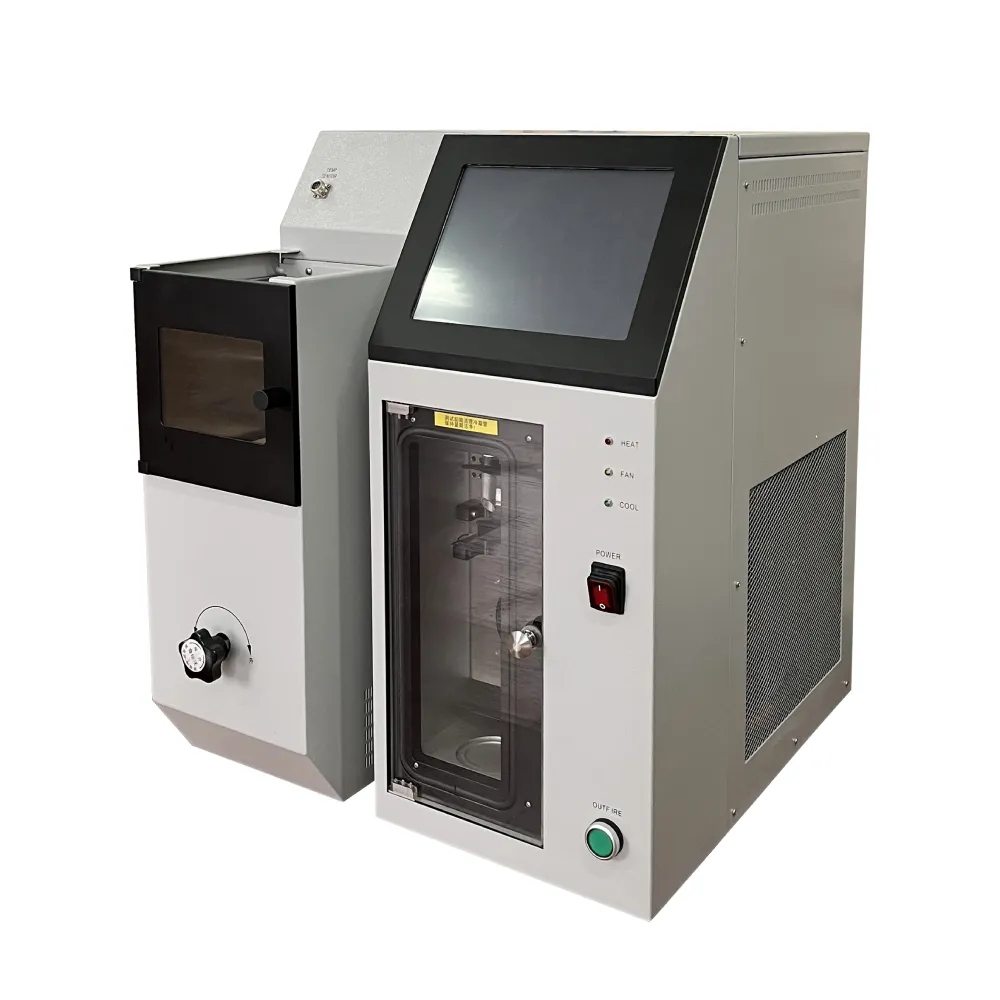 English
English


types of testing of transformer
Types of Testing for Transformers
Transformers are critical components of electrical power systems, facilitating the reliable transmission and distribution of electricity. To ensure their efficient operation and longevity, various types of testing are conducted throughout their lifecycle—from manufacturing to installation and ongoing maintenance. Here, we will explore the primary types of testing performed on transformers and their significance.
1. Factory Testing
Factory testing is crucial for verifying the performance and specifications of transformers before they are delivered to the site. These tests include
- winding resistance test This measures the resistance of the windings and helps to identify any issues such as poor connections or failed insulation. - insulation resistance test This test assesses the integrity of the insulation materials by applying a high voltage and measuring the resistance; a low resistance indicates potential insulation failure.
- turns ratio test This determines the ratio of the number of turns in the primary winding to those in the secondary winding, ensuring the transformer is constructed as per design specifications.
- power factor test This measures the power factor of the transformer’s insulation system to detect any degradation and identify potential problems before they lead to failure.
2. On-Site Testing
Once a transformer is installed, on-site testing is performed to validate the performance in its operational environment. Key on-site tests include
- saturation test This assesses the magnetic core saturation characteristics, determining the transformer’s ability to handle overcurrent conditions without saturation.
- full-load test This measures the performance, efficiency, and temperature rise of the transformer under full-load conditions, ensuring it can handle the intended electrical load.
- voltage ratio test Similar to the turns ratio test conducted at the factory, this confirms that the transformer operates within specified voltage parameters at the installation site
.types of testing of transformer

3. Preventive Maintenance Testing
To ensure the reliability and longevity of transformers, regular preventive maintenance testing is essential. This includes
- Dissolved Gas Analysis (DGA) DGA is used to detect and analyze gases dissolved in transformer oil, identifying potential breakdowns through gas generation patterns.
- Circuit breaker analysis This assesses the operational integrity of associated circuit breakers to ensure they function correctly in response to fault conditions.
- Thermal imaging Using infrared sensors, this method detects hotspots in electrical connections and components, indicating potential issues that could lead to failure.
4. Condition Monitoring
Advancements in technology have led to the development of continuous condition monitoring systems that provide real-time data on transformer health. These systems include
- Temperature monitoring Sensors track operating temperatures, providing alerts when thresholds are exceeded, which may indicate overheating.
- Vibration analysis This analysis detects mechanical faults by monitoring vibrations in the transformer, allowing for early intervention before significant damage occurs.
Conclusion
Transformers play a vital role in power systems, and ensuring their reliability is paramount. Comprehensive testing—from factory acceptance tests to on-site evaluations and continuous monitoring—enables utilities and operators to maintain transformer integrity, efficiency, and safety. By implementing these testing protocols, stakeholders can significantly reduce the risk of transformer failure and ensure a stable power supply for consumers.
-
Differences between open cup flash point tester and closed cup flash point testerNewsOct.31,2024
-
The Reliable Load Tap ChangerNewsOct.23,2024
-
The Essential Guide to Hipot TestersNewsOct.23,2024
-
The Digital Insulation TesterNewsOct.23,2024
-
The Best Earth Loop Impedance Tester for SaleNewsOct.23,2024
-
Tan Delta Tester--The Essential Tool for Electrical Insulation TestingNewsOct.23,2024





